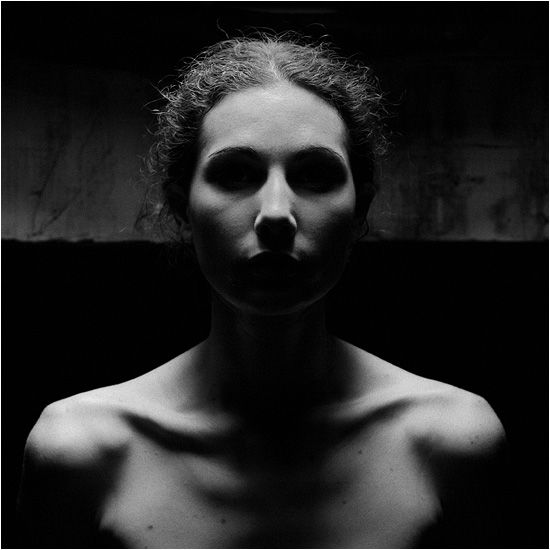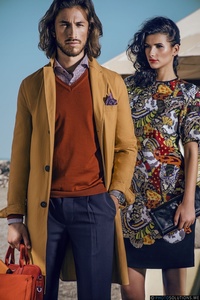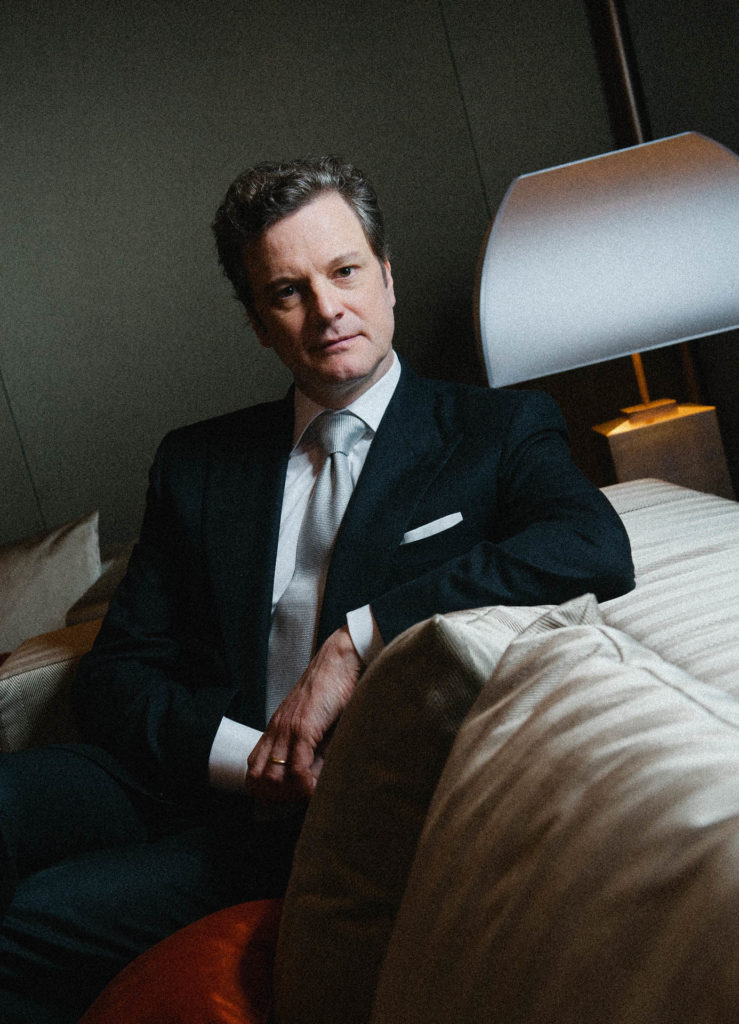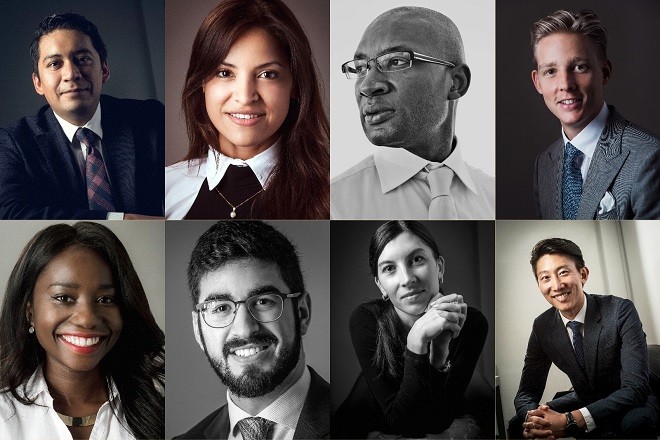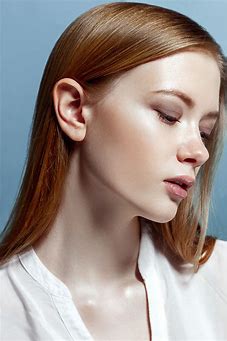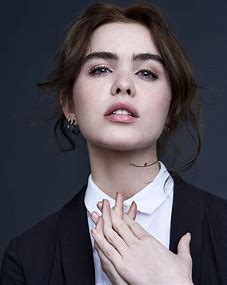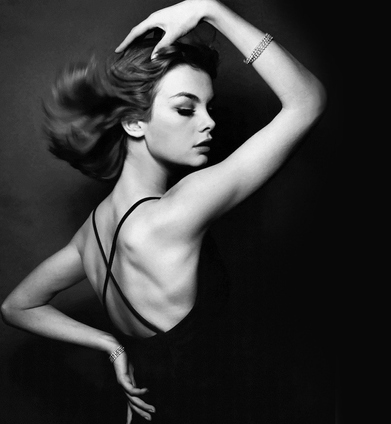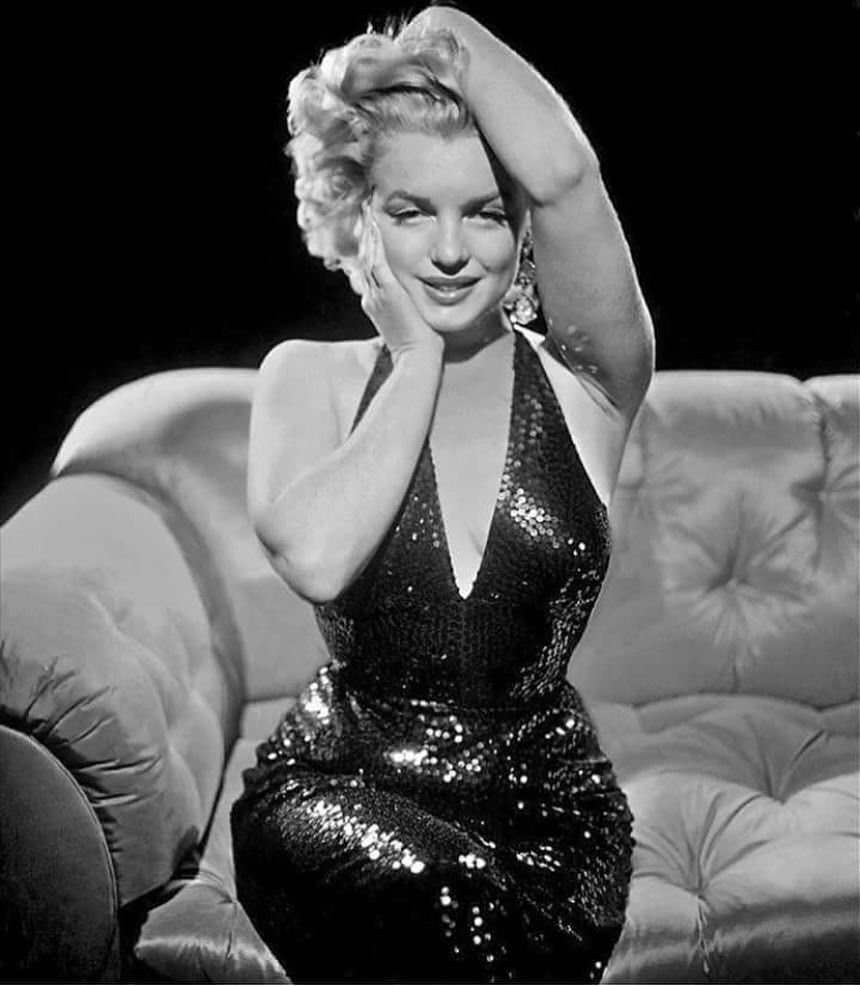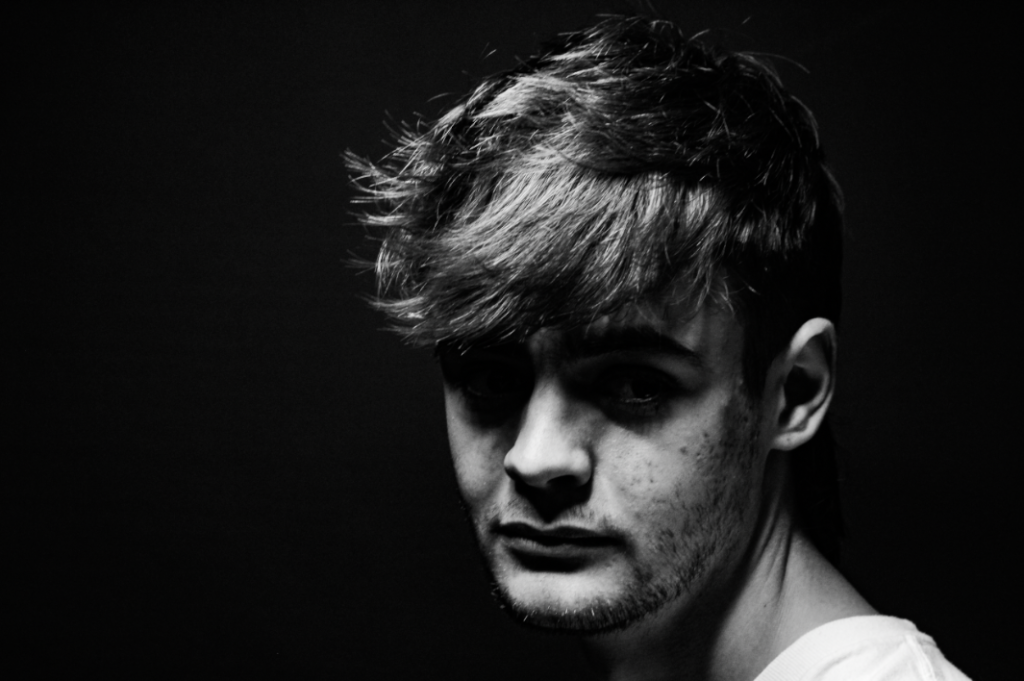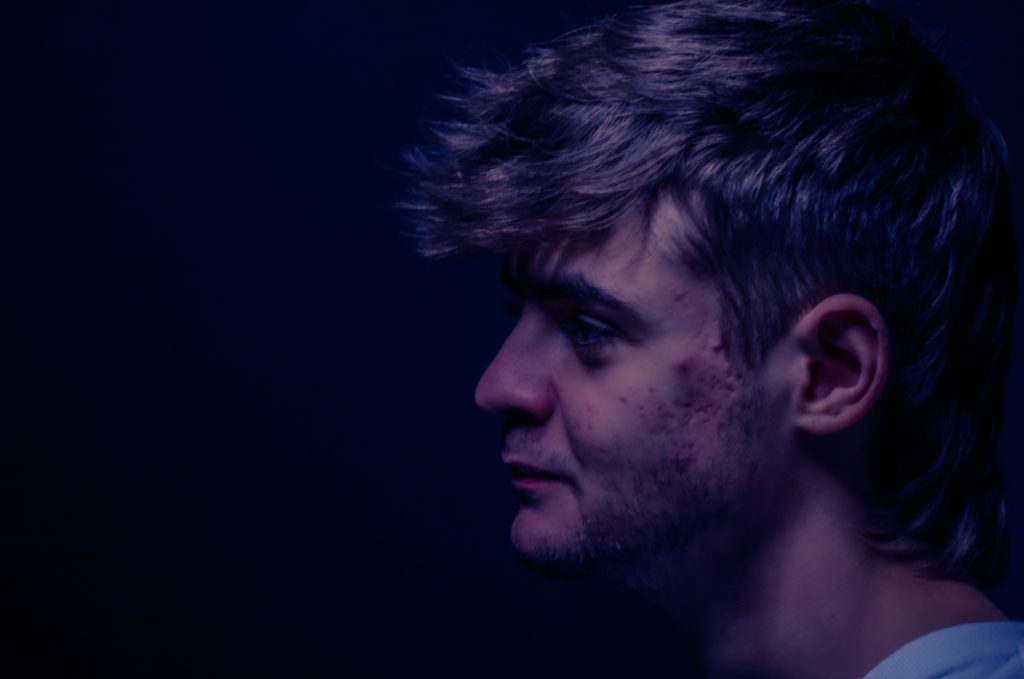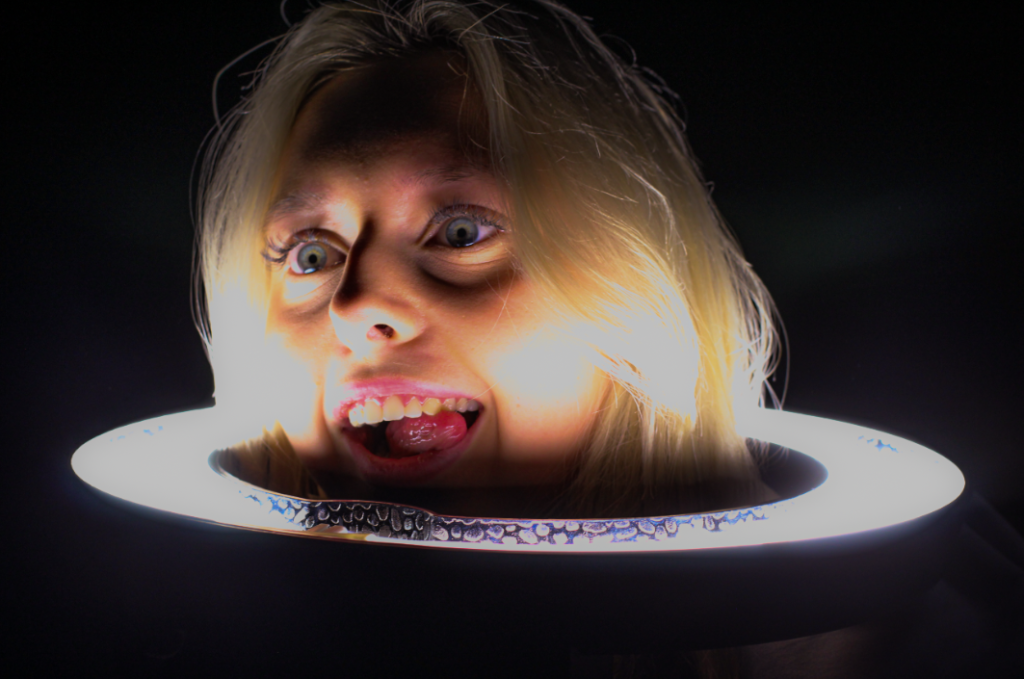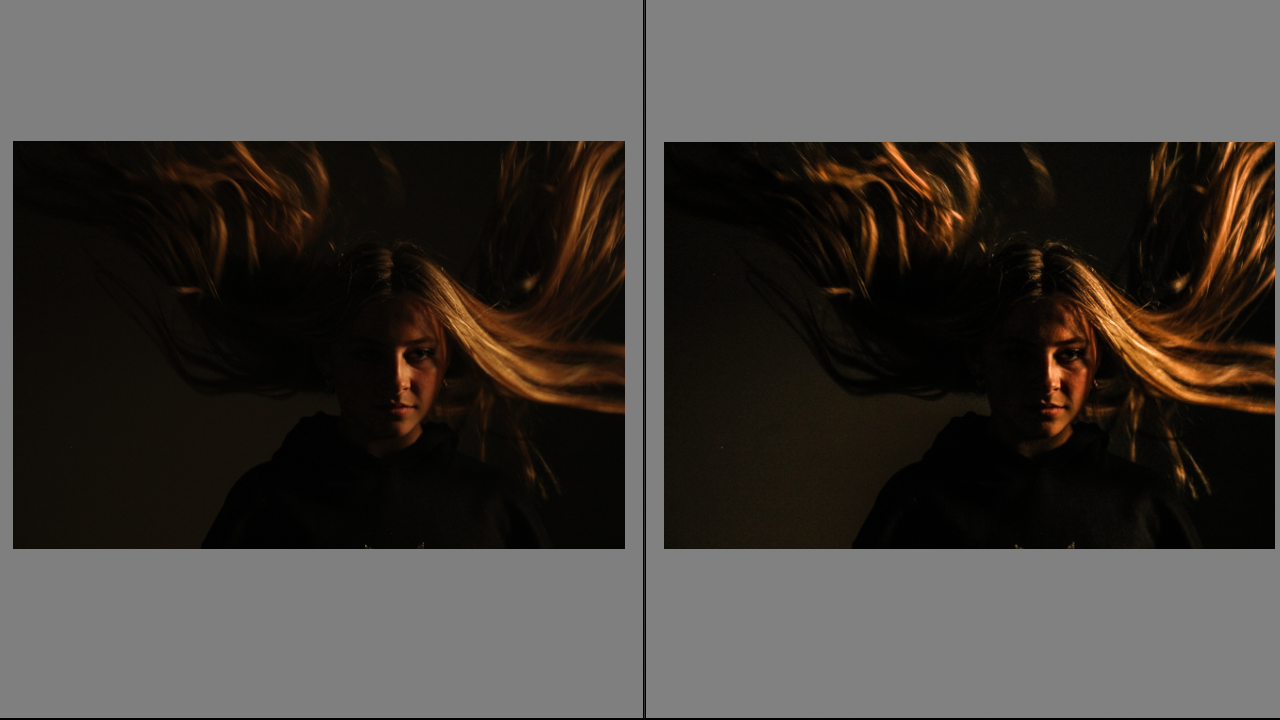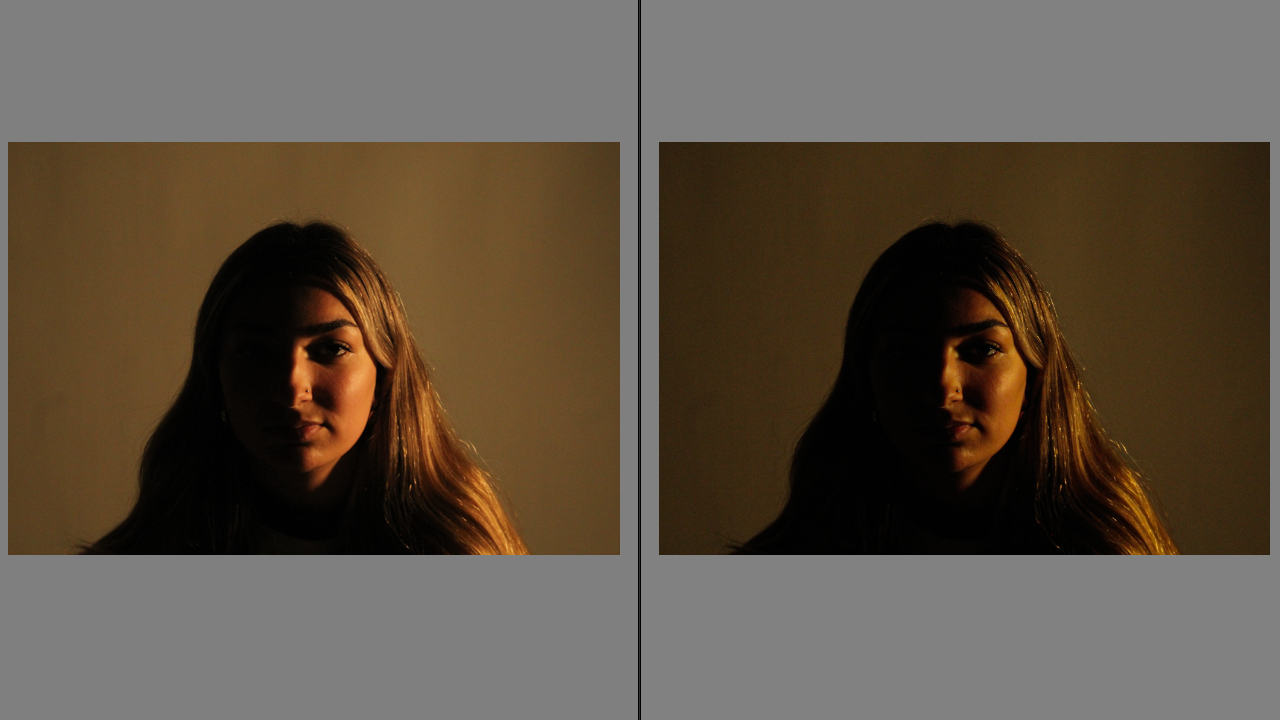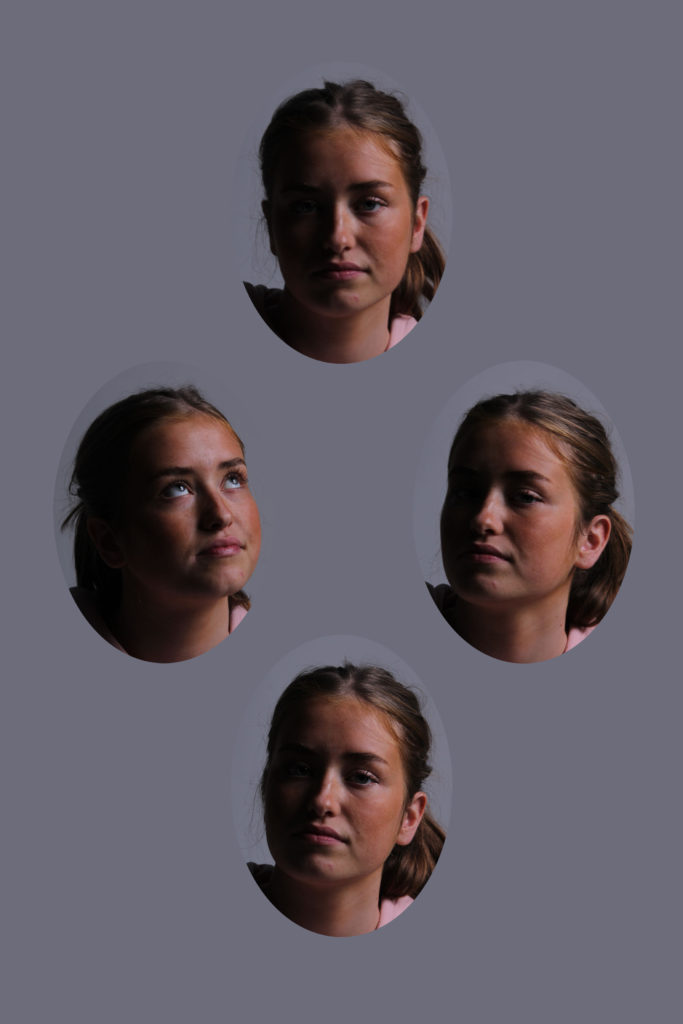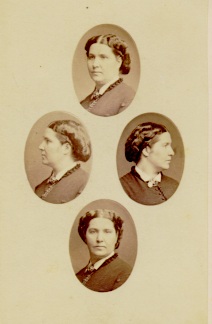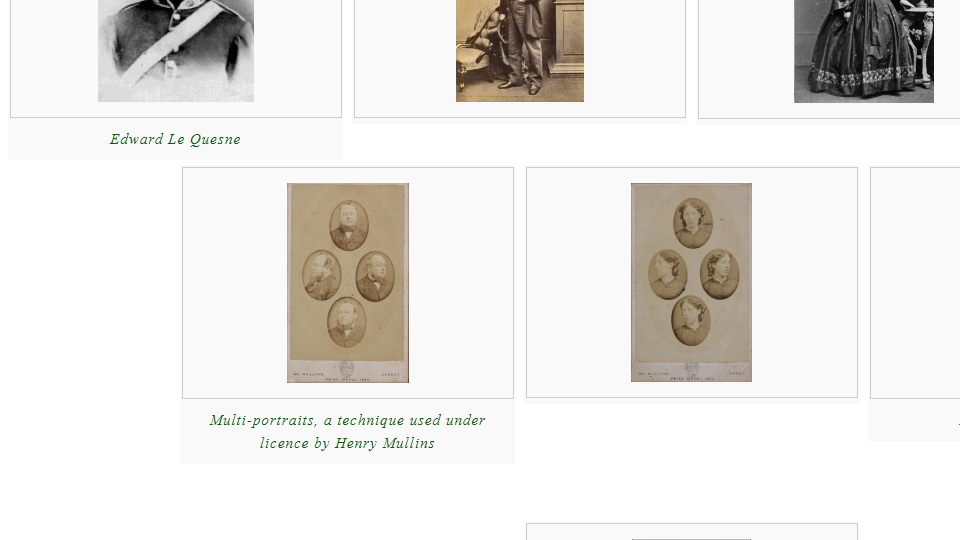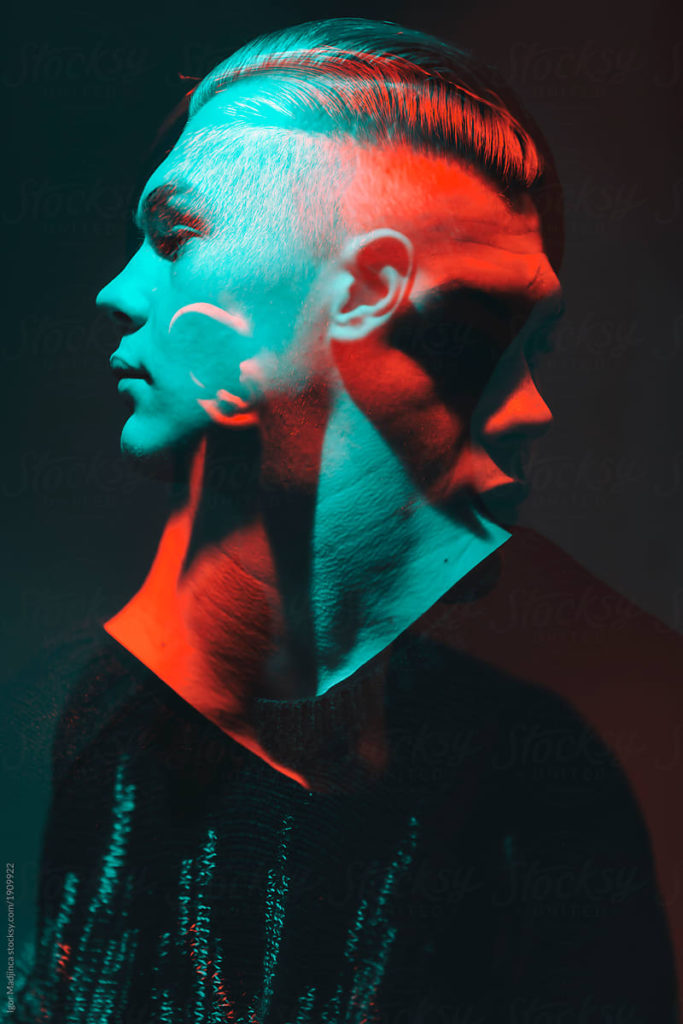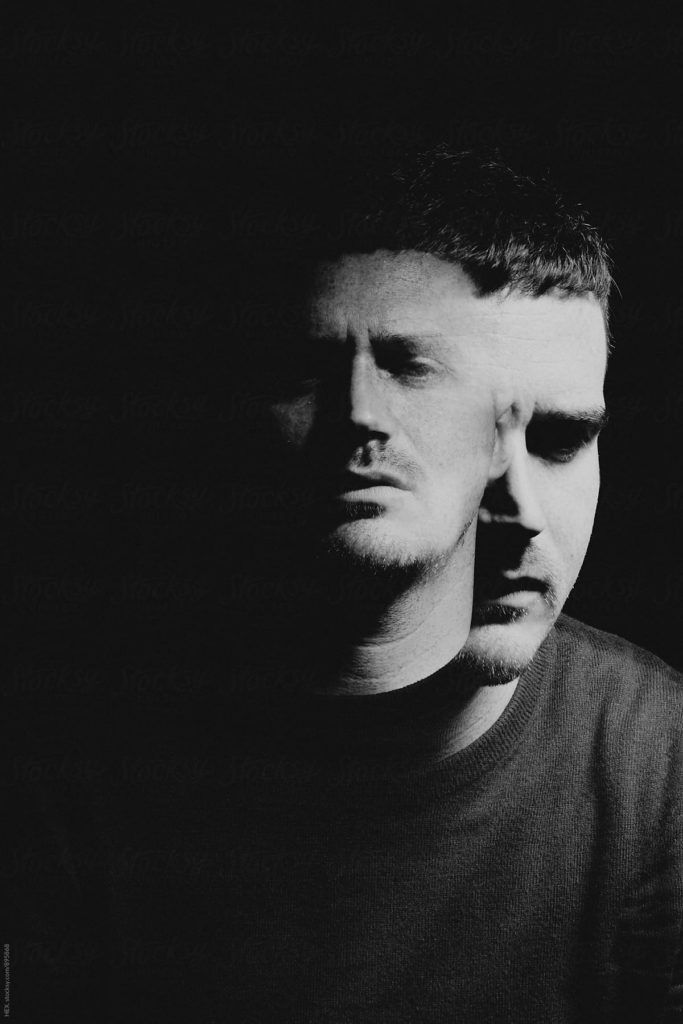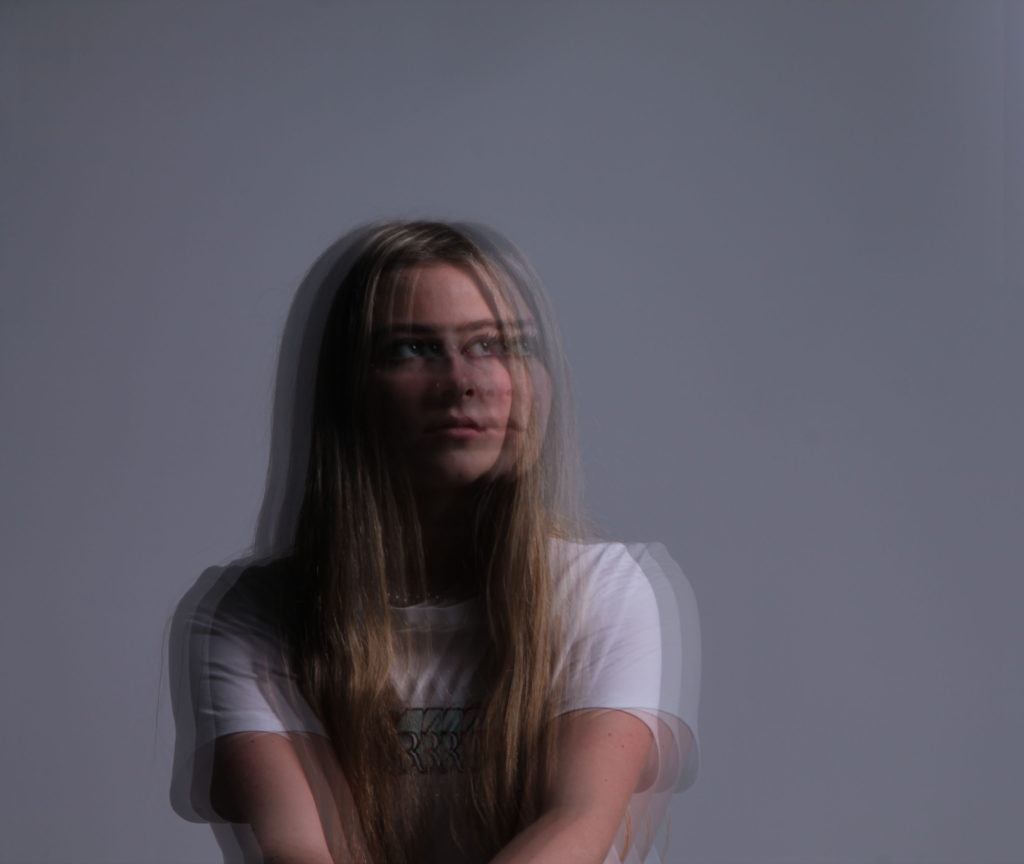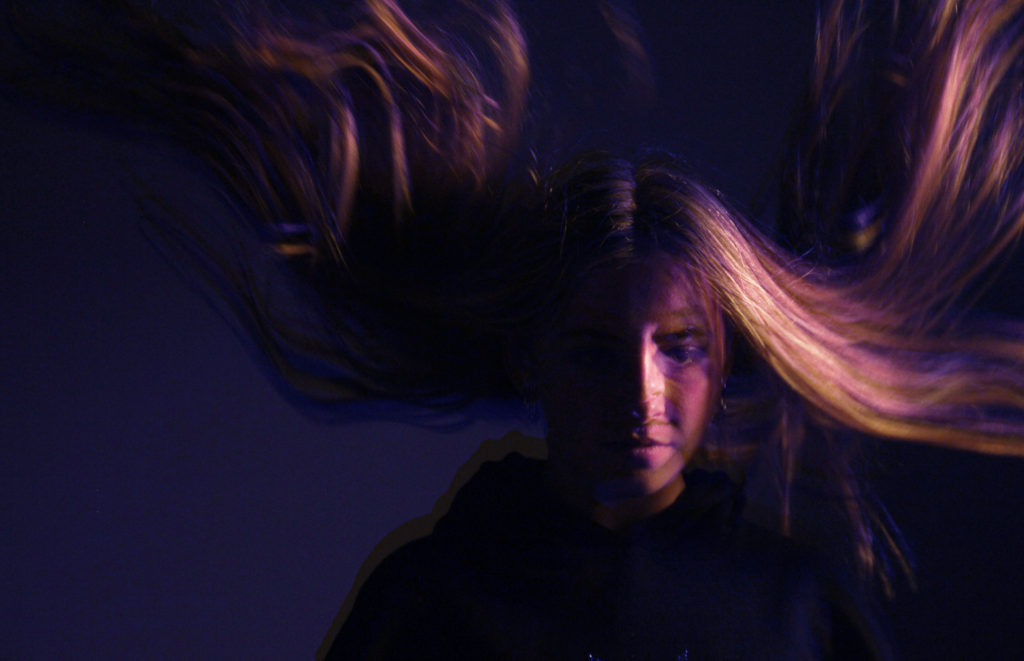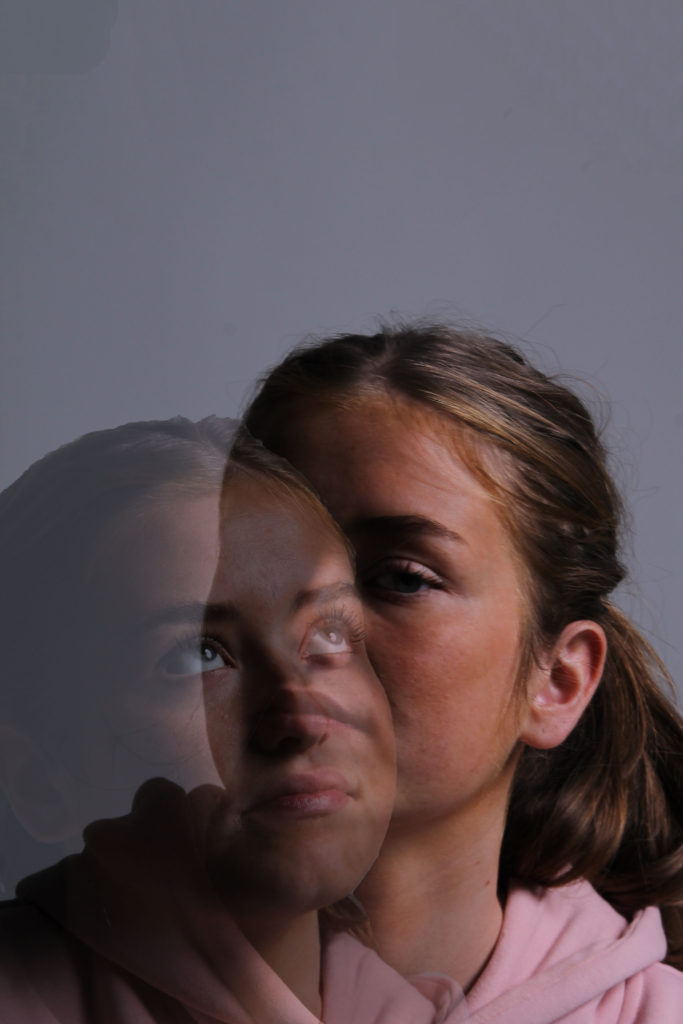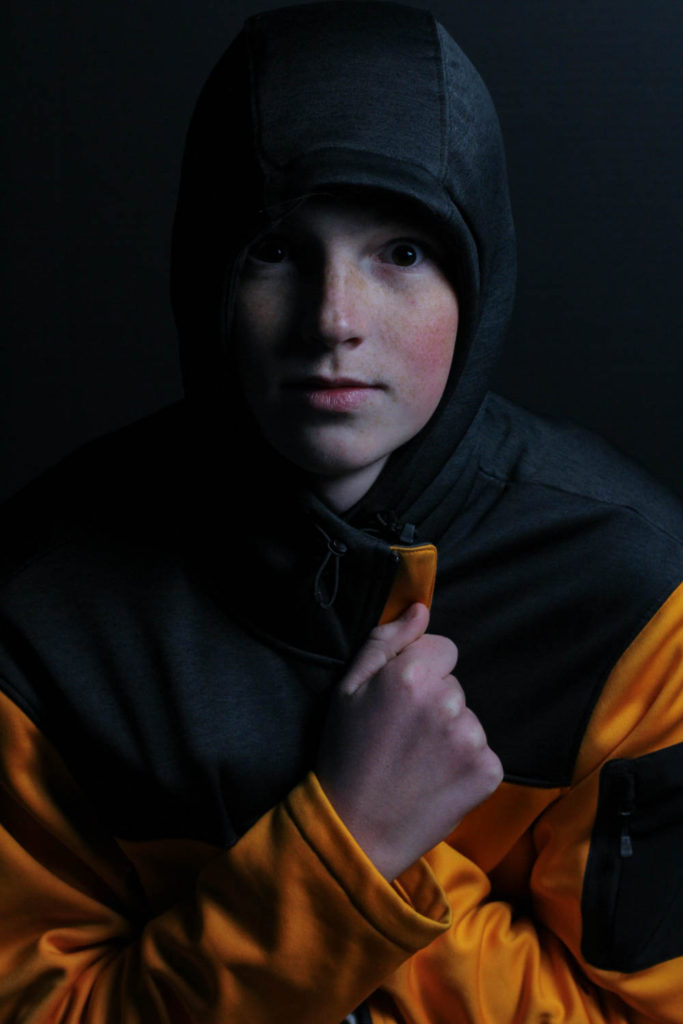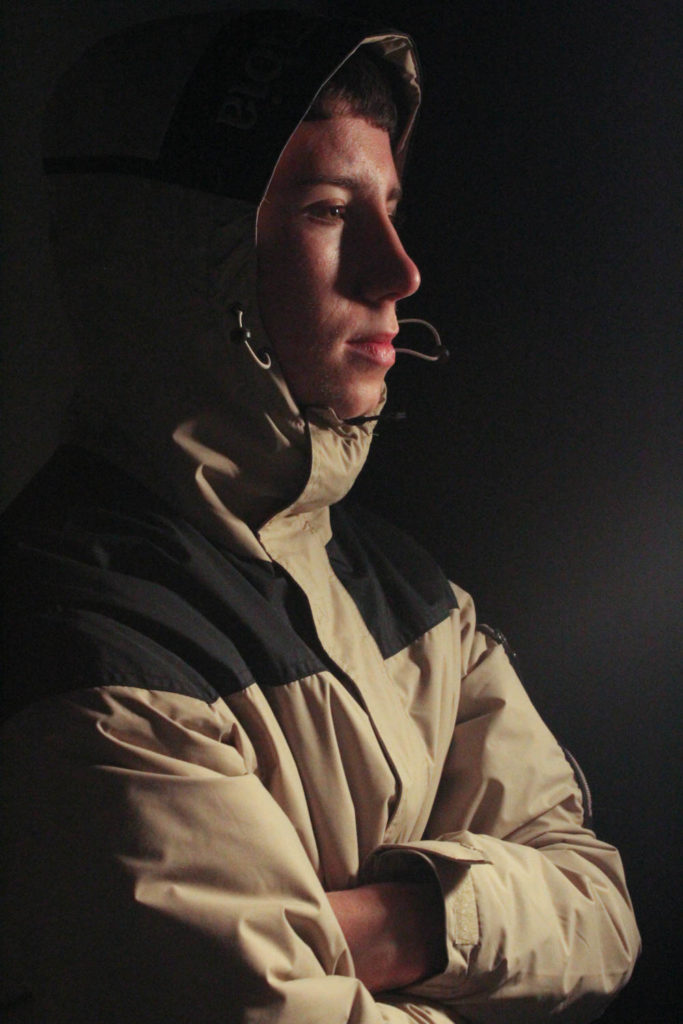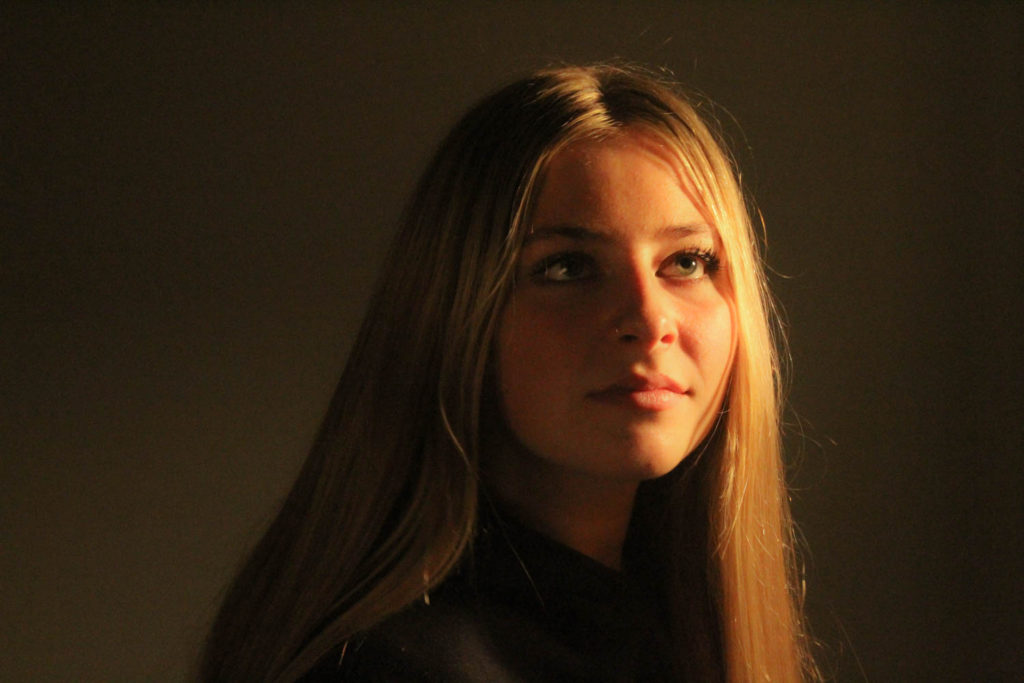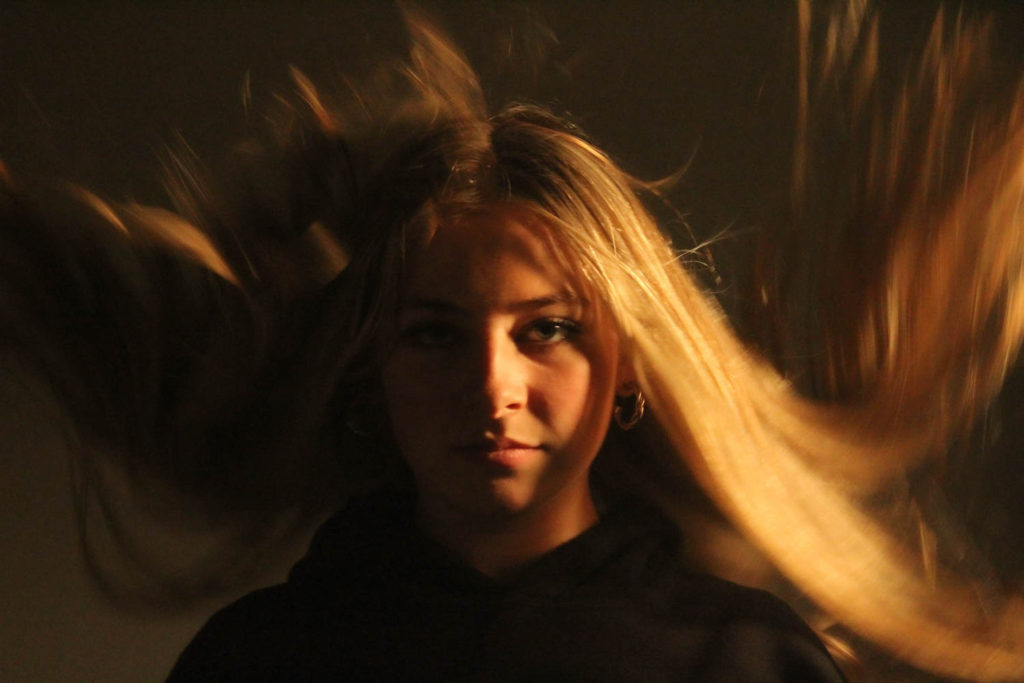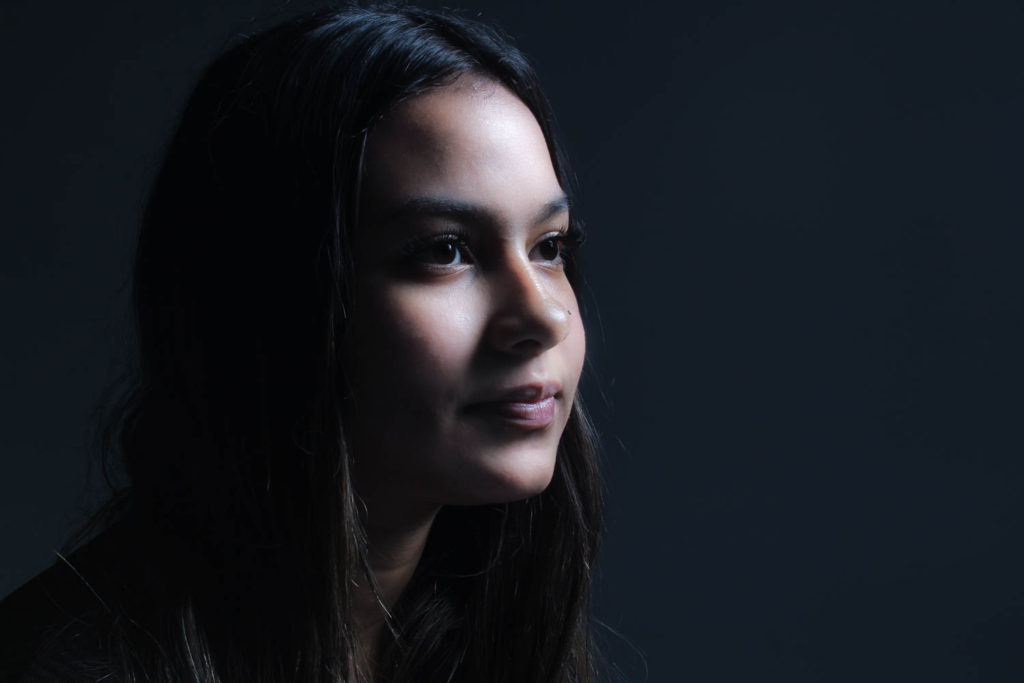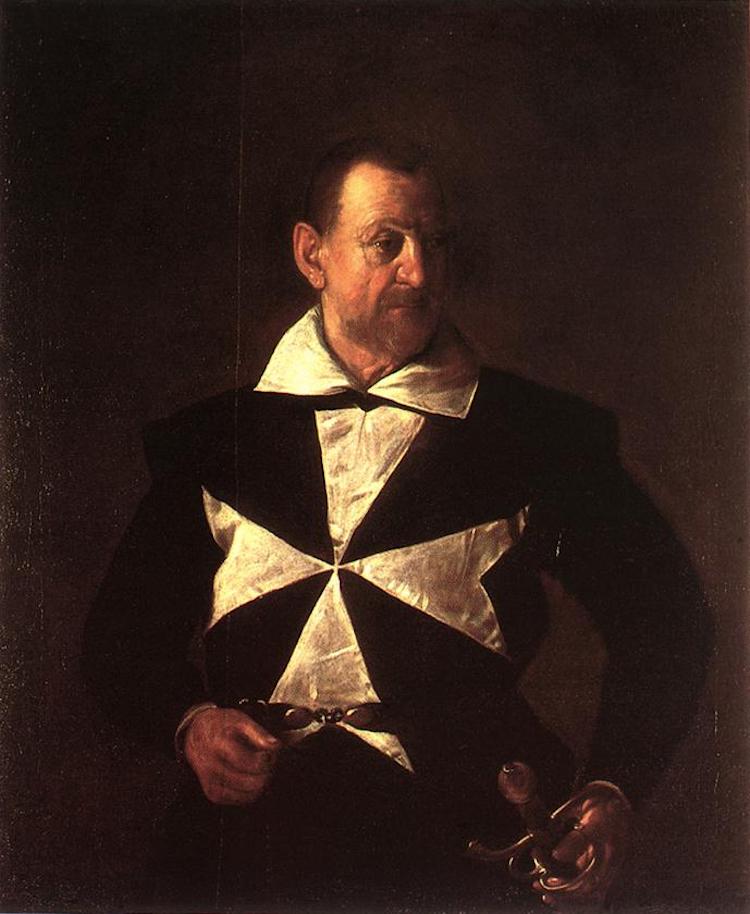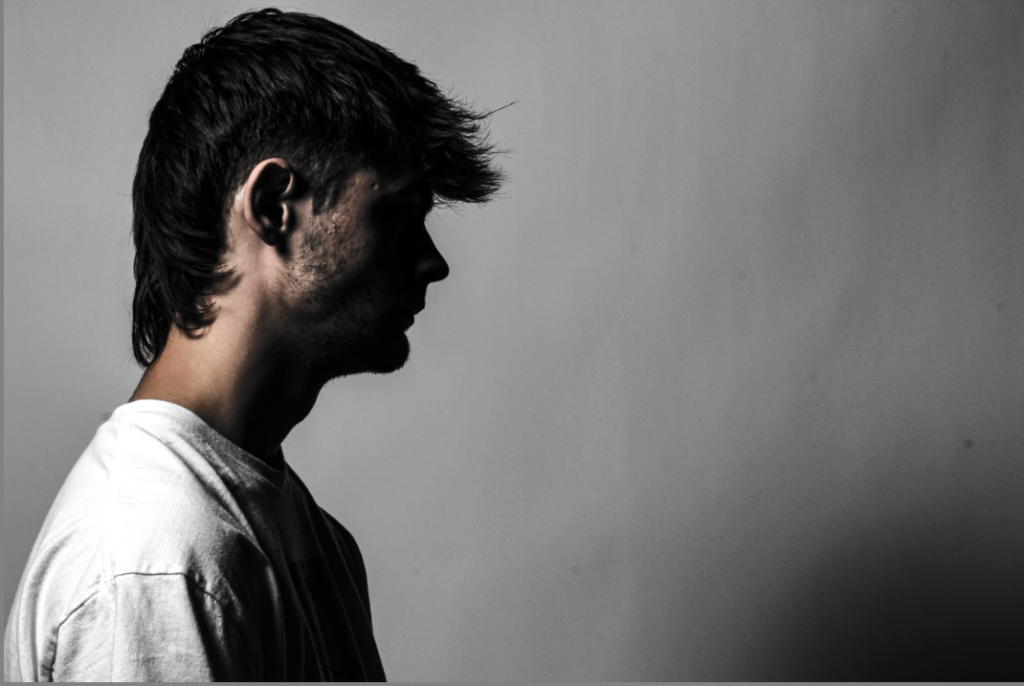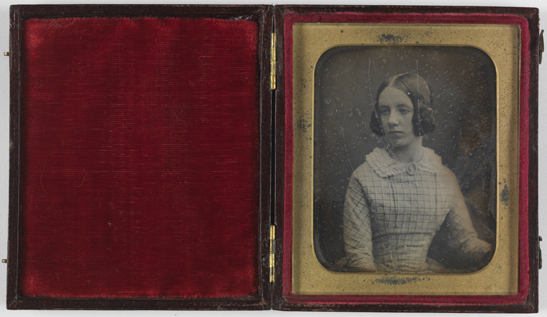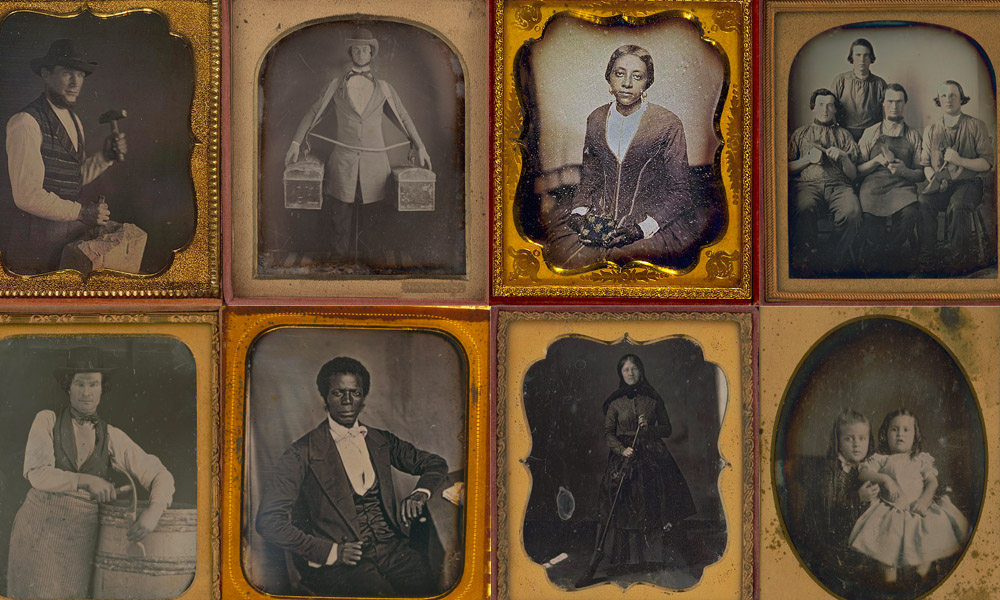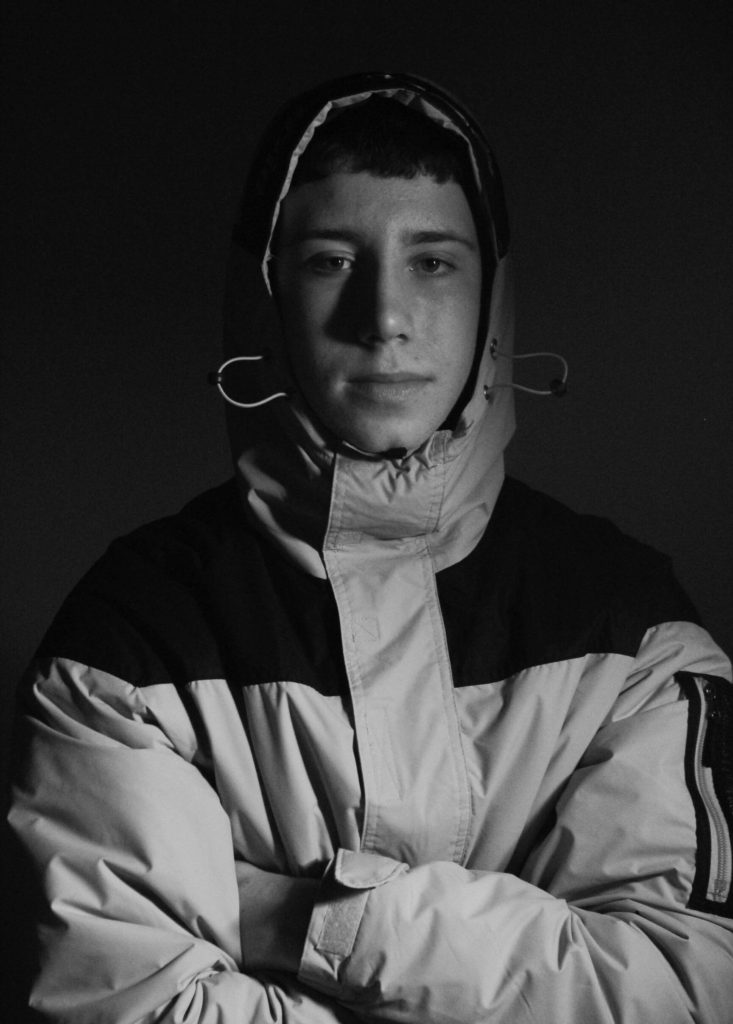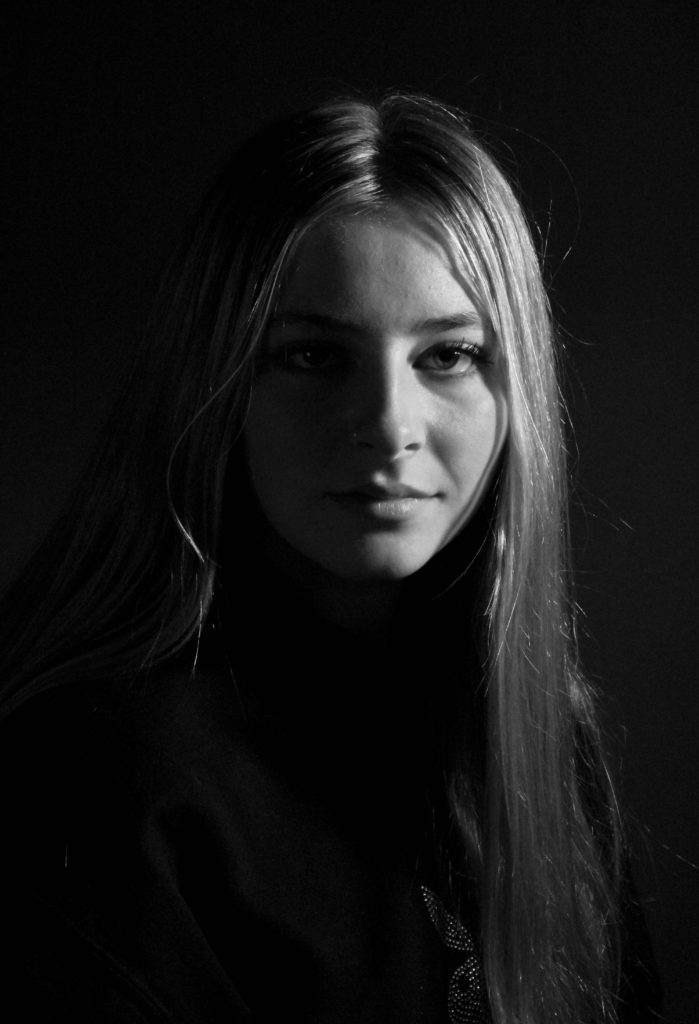Portraiture photography is a type of photography aimed toward capturing the personality of a person or group of people by using effective lighting, backdrops, and poses.
Portraiture is a very old art form going back at least to ancient Egypt, where it flourished from about 5,000 years ago. Before the invention of photography, a painted, sculpted, or drawn portrait was the only way to record the appearance of someone. – But portraits have always been more than just a record. They have been used to show the power, importance, virtue, beauty, wealth, taste, learning, or other qualities of the sitter. Portraits have almost always been flattering, and painters who refused to flatter tended to find their work rejected.
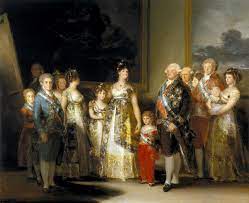
A notable exception was Francisco Goya in his apparently bluntly truthful portraits of the Spanish royal family. – Getting painted portraits done used to be exclusive to families in the upper classes of society.
That all changed when photography came into existence. In 1839, Robert Cornelius shot the first successful portrait, a self-portrait using the venerable daguerreotype. Cornelius took advantage of the light outdoors to get faster exposure. Sprinting out of his father’s shop, Robert held this pose for a whole minute before rushing back and putting the lens cap back on.
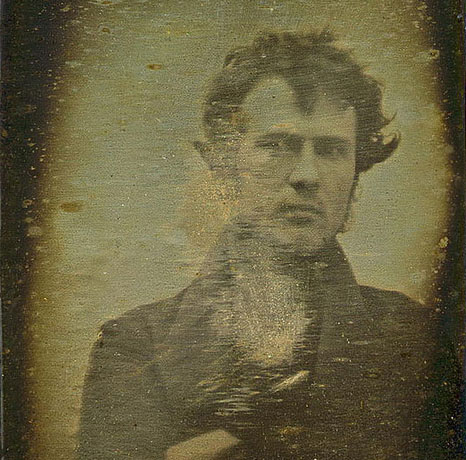
However, shooting with the daguerreotype required between 3 to 15 minutes of exposure time depending on the available light — making portraiture incredibly impractical if not impossible. But that’s not to say no one dared to experiment and use “Daguerreotyping,” as it was called, as an aesthetically satisfying form of creative expression. Scottish artists David Octavius Hill and Robert Adamson incorporated heavy influences of Rembrandt painting styles, particularly intentional lighting, hand placement, and posing to their photos. The portrait below shines a welcome light of liveliness and grace against the stiff and cold subjects of the first daguerreotypes.
Louis Daguerre
Daguerre experimented for years with increasing the sharpness of the lens in the camera obscura and working at discovering the reaction of various light-sensitive materials when applied to different surfaces. With Nicephore Niepce, who was engaged in similar efforts, he worked on this.
By 1835, word got around Paris that the city’s favorite master of illusion and light had discovered a new way to enchant the eye. In January of 1839, the invention of a photographic system that would fix the image caught in the camera obscura was formally announced in the London periodical The Athenaeum.
Louis Daguerre called his invention “daguerreotype.” His method, which he disclosed to the public late in the summer of 1839, consisted of treating silver-plated copper sheets with iodine to make them sensitive to light, then exposing them in a camera and “developing” the images with warm mercury vapor. The fumes from the mercury vapor combined with the silver to produce an image. The plate was washed with a saline solution to prevent further exposure.

Daguerreotypes offered clarity and a sense of realism that no other painting had been able to capture before. By mid-1850s, millions of daguerreotypes had been made to document almost every aspect of life and death.
Henry Fox Talbot
Shortly after the invention of the daguerreotype was announced in 1839, Talbot asserted the priority of invention based on experiments he had begun in 1834. At a meeting of the Royal Institution on 25 January 1839, Talbot exhibited several paper photographs he had made. These showed his ways of chemically stabilizing his results, making them insensitive to further exposure that direct sunlight could be used to imprint the negative image produced into the camera, onto another sheet of salted paper – creating a positive.

The calotype was then introduced in 1841 – it used paper coated with silver oxide. The calotype process produced a translucent original negative image from which multiple positives could be made by simple contact printing. This gave it an important advantage over the daguerreotype process, which produced an opaque original positive that could be duplicated only by copying it with a camera.
Julia Margaret Cameron
Julia Margaret Cameron, 11 June 1815 – 26 January 1879 was a British photographer who is considered one of the most important portraitists of the 19th century. She is known for her soft-focus close-ups of famous victorian men and for illustrative images depicting characters from mythology, Christianity, and literature. She also produced sensitive portraits of women and children.

Cameron’s portraits are partly the product of her intimacy and regard for the subject, but also intend to capture “particular qualities or essences—typically, a genius in men and beauty in women”. Mike Weaver, a scholar who wrote about Cameron’s photography in a work published in 1984, framed her idea of genius and beauty “within a specifically Christian framework, as indicative of the sublime and the sacred”. Weaver supposes that Cameron’s myriad influences informed her concept of beauty: “the Bible, classical mythology, Shakespeare’s plays, and Tennyson’s poems were fused into a single vision of ideal beauty.”

Oliver Doran
Oliver Doran is an internationally acclaimed commercial, editorial, and portrait photographer, Oliver Marshall Doran divides his world between Jersey, London, and Dubai. With more than 15 years of experience, Oliver is often found at the crossroads of cinematic and theatrical explorations of human conditions, as he photographs some of the most recognizable faces on the planet.
With more than 15 years of experience, Oliver is often found at the crossroads of cinematic and theatrical explorations of human conditions, as he photographs some of the most recognizable faces on the planet.
Celebrating personality and amplifying uniqueness while always striving to be real and relatable is Oliver’s calling card. Being a strong advocate of organic creativity, he has quite the reputation for his skillful use of light and mood to create striking visual breakthroughs that also strike the right chords and achieve diverse briefs and business goals.
His passion for travel, meeting new people, and appreciating cultures different from his own lights the fire beneath everything he does. His roster of experiences includes working for the royal families in Bahrain and Dubai, an honor that he cherishes. Some find working with famous people intimidating, but for Oliver, the experience has made him empathetic to the innate human spirit.
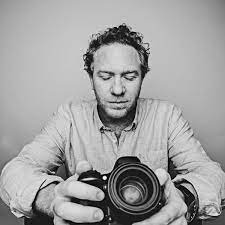
Oliver creates vibrant, cinematic images using both flash, natural light, and a mixture of both. He is comfortable in and out of the studio with complex lighting setups as well as working with ambient light in any location; day or night.
Lighting

In most cases we can make use of natural or available/ambient light…but we must be aware of different kinds of natural light and learn how to exploit it thoughtfully and creatively, with different things to think about:
The intensity of the light
2. The direction of the light
3. The temperature of the light (and white balance on the camera)
4. Making use of the Golden Hour and use of natural lighting
5. Using reflectors (silver/gold)

Studio Lighting types
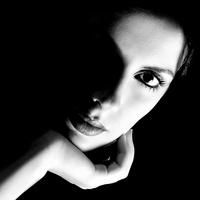
Chiaroscuro is a film lighting style that emphasizes shadow and light. Chiaroscuro first emerged during the Renaissance art movement – as a painting technique used to create tension between the light and dark elements in portraits and other still life. It was developped by Leornardo Davinici, Caravaggio, Vermeer, and Rembrandt. Today this technique is used both in photography but also in film and tv – it played a big role in the film genre of noir movies.
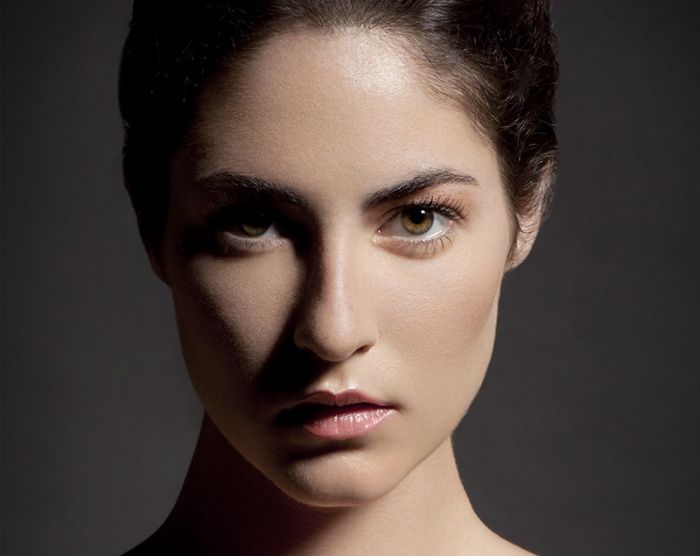
Rembrandt lighting is a studio portrait-lighting technique where a small inverted triangle of light is visible under the subject’s eye. It creates beautiful and compelling portraits with very little equipment. The origins of Rembrandt lighting came from Pioneering movie director, Cecil B DeMille is credited with the first use of the term. While shooting the 1915 film, The Warrens of Virginia, DeMille borrowed some portable spotlights from the Mason Opera House in downtown Los Angeles and “began to make shadows where shadows would appear in nature.”
When business partner Sam Goldwyn saw the film with only half an actor’s face illuminated, he feared the exhibitors would pay only half the price for the picture. After DeMille told him it was Rembrandt lighting, “Sam’s reply was jubilant with relief: for Rembrandt lighting, the exhibitors would pay double!”

Butterfly lighting is a lighting pattern used in portrait photography where the key light is placed above and pointing down on the subject’s face. This creates a dramatic shadow under the nose and chin that looks like a butterfly. In order to create butterfly lighting, position your main light above and in front of your subject. Some photographers also add reflectors under their subject’s chin to minimize the strength of the shadow. This type of lighting is named after the shadow it produces under the subjects’ noses. It vaguely looks like a butterfly – it is also sometimes called Paramount or Hollywood lighting.

